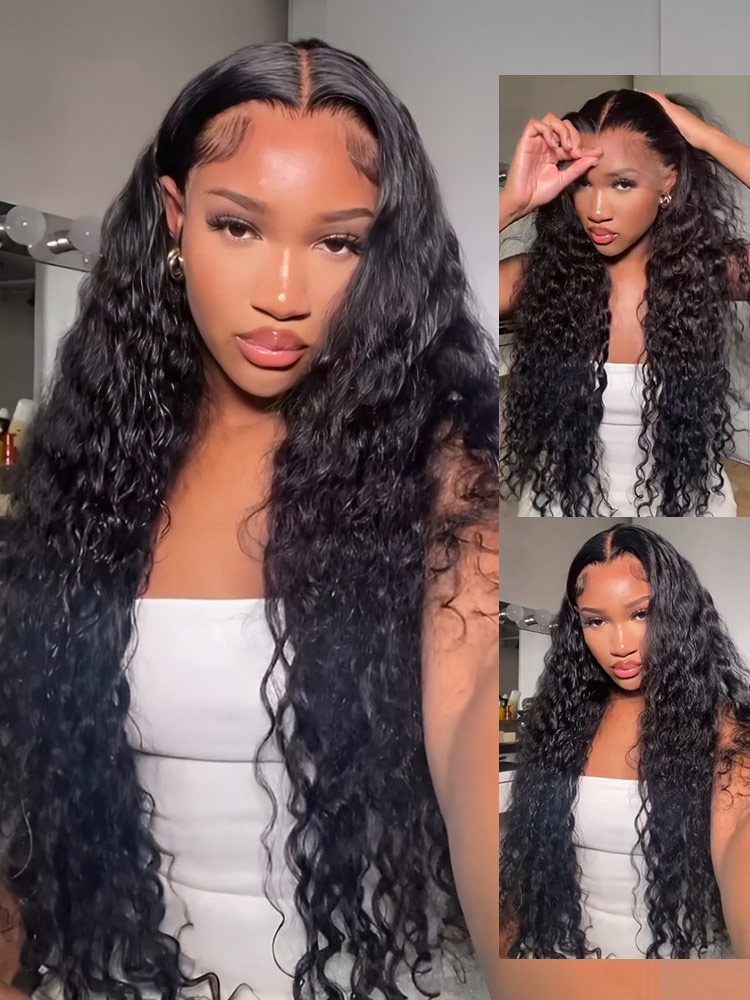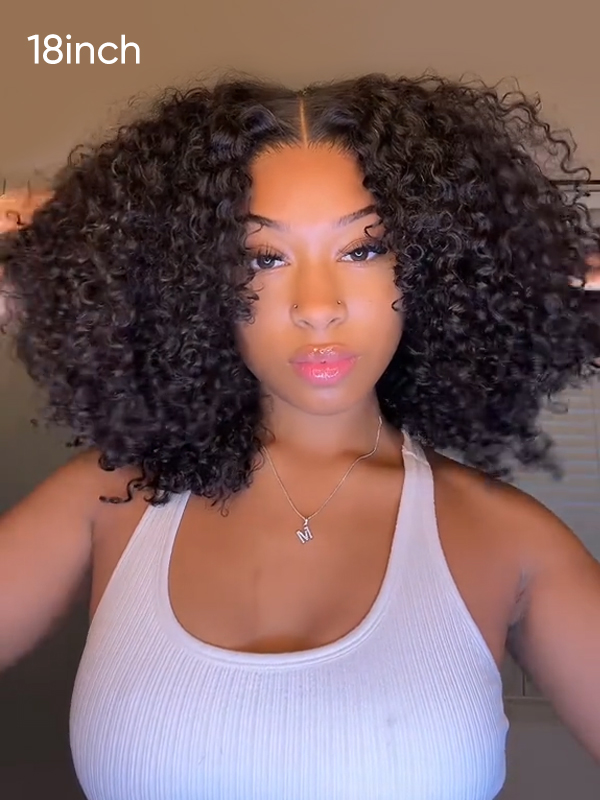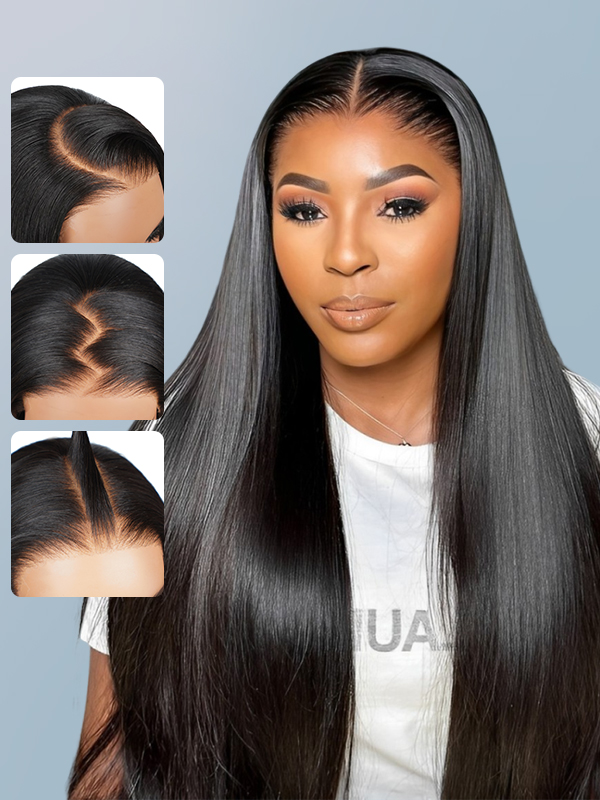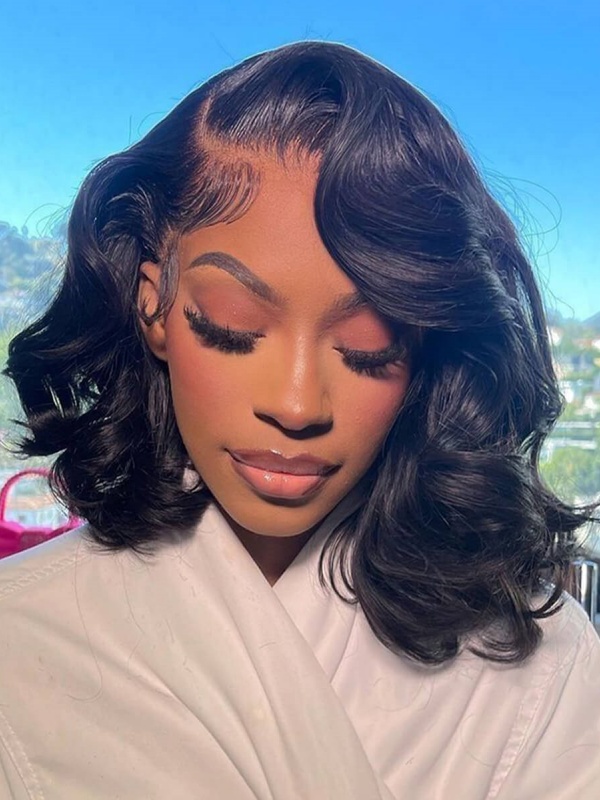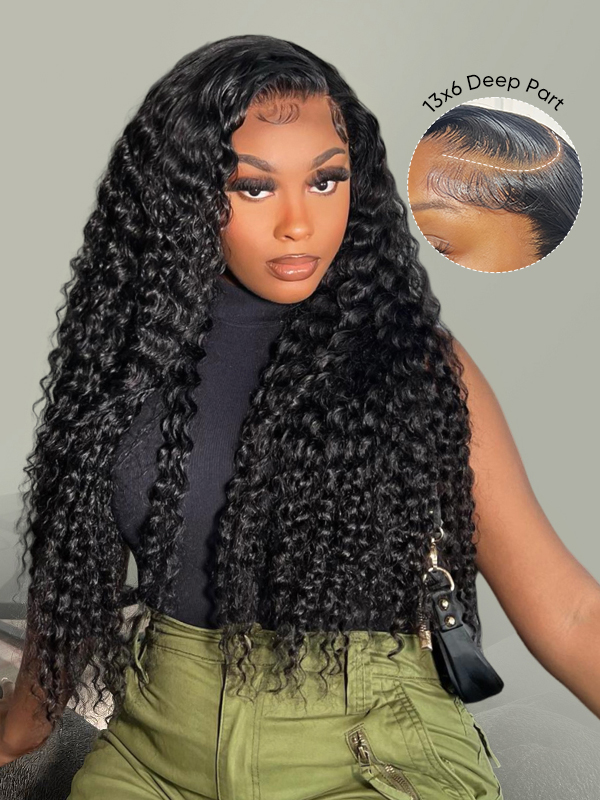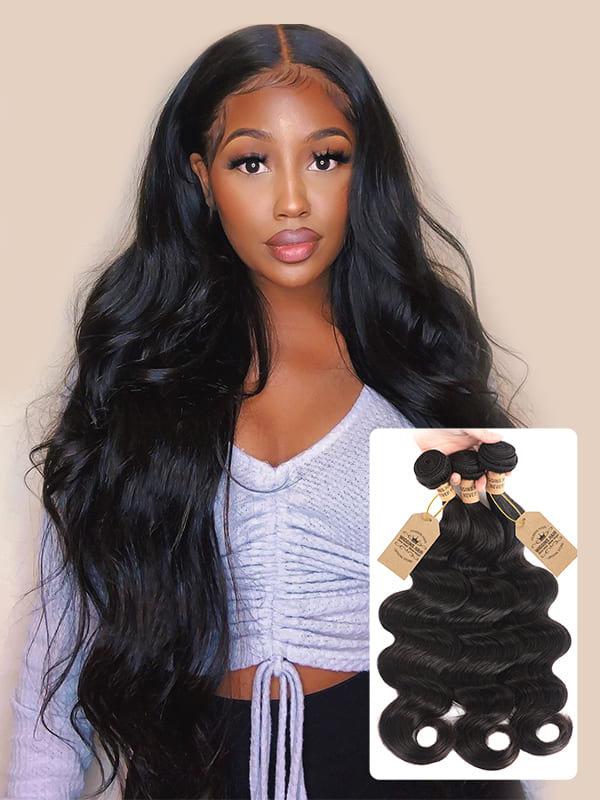How to install a front wig? Expertly install a lace front wig using the steps outlined in this article to achieve a natural-looking result that lasts.
Install the wig; clean, blushed, and snag-free natural hair is the type of foundation needed under the wig for it to feel and look good for any length of time during wear. The steps in this article show how to install a front wig to go from sleekly styled natural hair to a frontal wig look that is natural, comfortable, and aesthetic.
Setting Up Your Natural Hair and Scalp
To achieve a successful front wig installation, you must first prep the scalp and natural hair, which is critical since the best-quality wigs can look very unnatural if they're not placed over an even surface.

Natural hair should be washed, conditioned, and thoroughly dried to be as manageable as possible during the next steps. The ideal next step is to braid the hair in very flat braids or cornrows, which allows for a nearly uniform surface underneath the wig cap and one that does not disrupt the look of the wig, no matter what angle it is viewed from.
If your natural hair is in this state, the wig cap can be placed in a way where it is stretched over the braids and slightly compressed, which helps give you a surface underneath the wig that is at least more uniform than the natural hair itself.
Customising the Wig
Once your base is ready, the attention must shift to the wig itself—specifically, adjusting it to fit your head perfectly and mimic your natural hairline as closely as possible.
Whether you have a pre-plucked wig or one that requires some customisation, thinning the hairline slightly and trimming away any excess lace in small, gentle curves helps reduce harsh lines and creates the illusion of hair growing directly from the scalp. The crucial thing is that the lace matches your skin tone or is tinted appropriately to blend without visible separation.
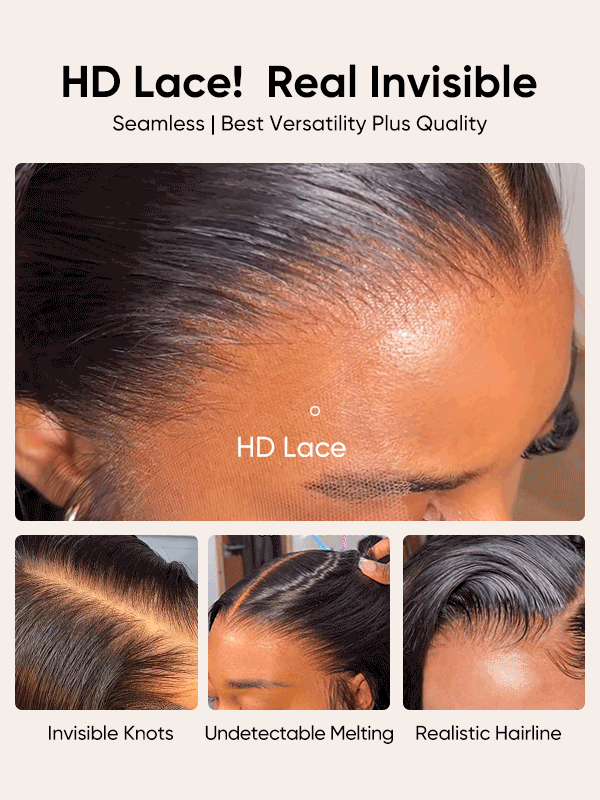
Practicing how to install a front wig involves not only physical application but also learning how to manipulate the lace, hairline, and parting to achieve a natural appearance. It's worth noting that parting space and the type of lace used—such as HD or transparent—also influence how believable the final look will appear once installed and styled.
How to Secure the Wig So It Can Stay On for a Long Time
The process for securing a wig can be quite different depending on whether you decide to use some sort of adhesive or go glue-less. Regardless of your choice, what's almost universally important for truly successful wig-wear is a secure, comfortable, and long-lasting hold that keeps the wig in place and makes it very difficult to detect even up close.
If you opt for adhesive, a thin layer should be applied in front of the natural hairline and allowed to dry until tacky before setting the lace down. Once it's pressed in place, wrap an elastic band around the hairline for a few minutes afterwards to set the lace into the skin.
Styling and Perfecting the Final Look
After the wig has been secured and the lace has blended into the skin, the final step on how to install a front wig is to style the hair so that it complements your face. This makes sure the overall appearance of the wig is as natural and polished as possible. Heat styling tools—curling irons or flat irons—can be used depending on the wig’s hair type.
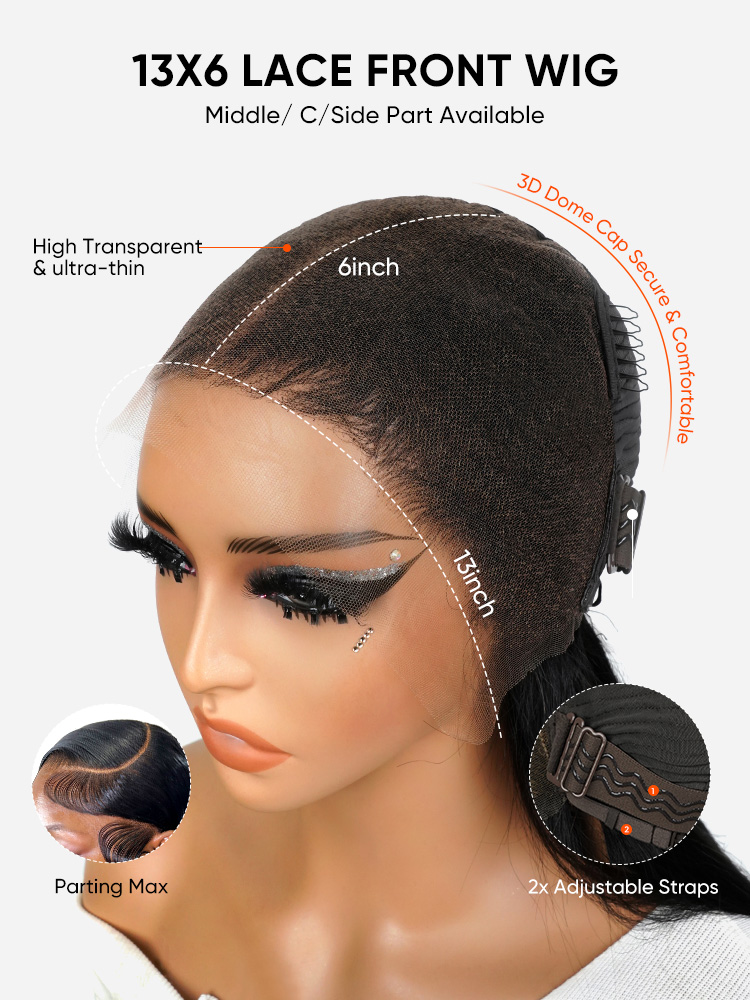
You can also use scissors and a wig comb to add layers, curls, or waves while giving the unit more volume and personality. You may also want to trim or shape the baby hairs around the hairline. That will give you a 50/50 shot using edge control or your favourite styling gel to lay down those baby hairs softly, enhancing the illusion of natural hair.
To add an extra touch of realism, apply the tiniest amount of concealer or powder along the parting line to define the scalp area. That will allow the wig to blend seamlessly with your complexion.
Recommendation
WIGGINSHAIR supplies a premium array of human hair lace front wigs to anyone in pursuit of mastering the art of how to install a front wig. At WIGGINSHAIR, we craft wigs in diverse textures, lengths, and lace types, catering to both adhesive users and those who prefer glue-free application. Our precision engineering and intuitive designs ensure every wearer masters the art of a flawless, undetectable installation.
